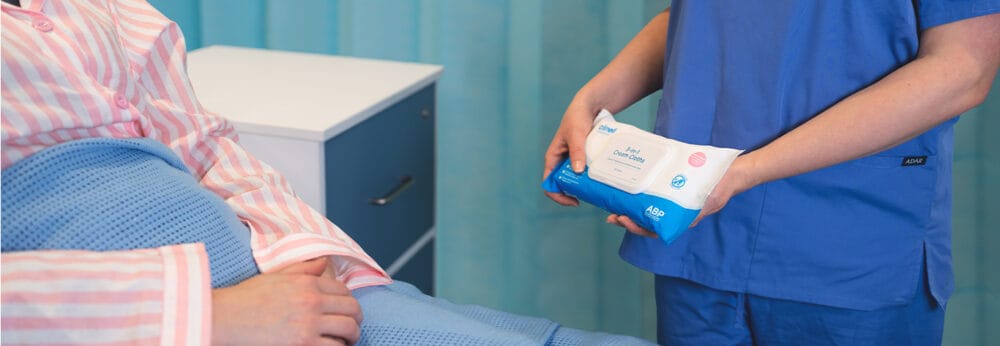Posted
3rd October 2023
Research
It has been proven that inadequate decontamination of a room through incorrect technique, or use of an inappropriate product can greatly increase the risk posed to the next patient of acquiring the same multi-drug resistant organism after a patient that was colonised or infected with a multi-drug resistant organism.
This risk was shown to be as high as 73%, or 3 out of every 4 people[1].
Contamination of surfaces through direct, indirect contact and patient shedding highlight the importance of implementing effective surface and equipment decontamination during discharge or terminal cleaning to mitigate the risk posed to the next patient and resident, as well as healthcare workers, and visitors.
Highlighting the need to ensure robust decontamination protocols and consistency of discharge cleaning are in place, only 10% of nursing and midwifery staff surveyed in one study would always feel comfortable being admitted into the room where a previous patient had a multi-drug resistant organism[2].

Training and education, clear definitions and understanding of who is responsible (clinical and environmental services) for decontamination of what surfaces & equipment, and implementing monitoring and auditing programs to assess the effectiveness of cleaning practices can help identify areas for improvement and decrease the risk posed to patients, residents, staff, and visitors.
For further information, we invite you to explore our campaign, IPC ‘Moments that Matter’, where you can find valuable resources. Find out more here >
References
1. Carling, P. C., & Bartley, J. M. (2010). Evaluating hygienic cleaning in health care settings: What you do not know can harm your patients. American Journal of Infection Control, 38(5), S41–S50. https://www.ajicjournal.org/article/S0196-6553(10)00406-2/fulltext
2. Mitchell, B. G., Russo, P. L., Kiernan, M., & Curryer, C. (2021). Nurses’ and midwives’ cleaning knowledge, attitudes and practices: An Australian study. Infection, Disease & Health, 26(1), 55–62. https://doi.org/10.1016/j.idh.2020.09.002
SHARE THIS ARTICLE
Tags
Latest News
Advancing Continence Care with Clinell Contiplan: Expanded Indications, Pathways and Proven Outcomes
This World Continence Week, Clinell Contiplan 3-in-1 Cream Cloths introduce…
Celebrating 20 Years of GAMA Healthcare: Our Story
This month, GAMA Healthcare celebrates 20 years of helping prevent…
Norovirus and gastroenteritis outbreaks, the party ‘pooper’ you don’t want invited!
Recently, on 11 October 2024, NSW Health issued a health…
Clean Between to Reduce Healthcare-Associated Infections
Healthcare-associated infections (HAIs) are a significant concern for healthcare facilities…



